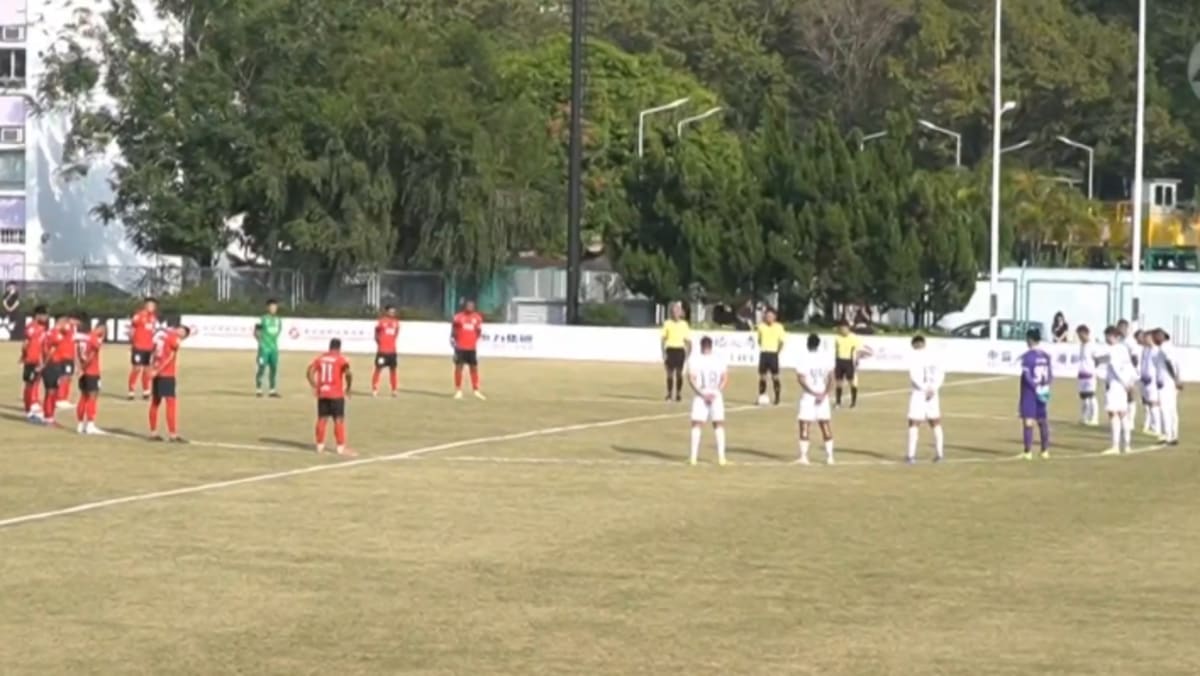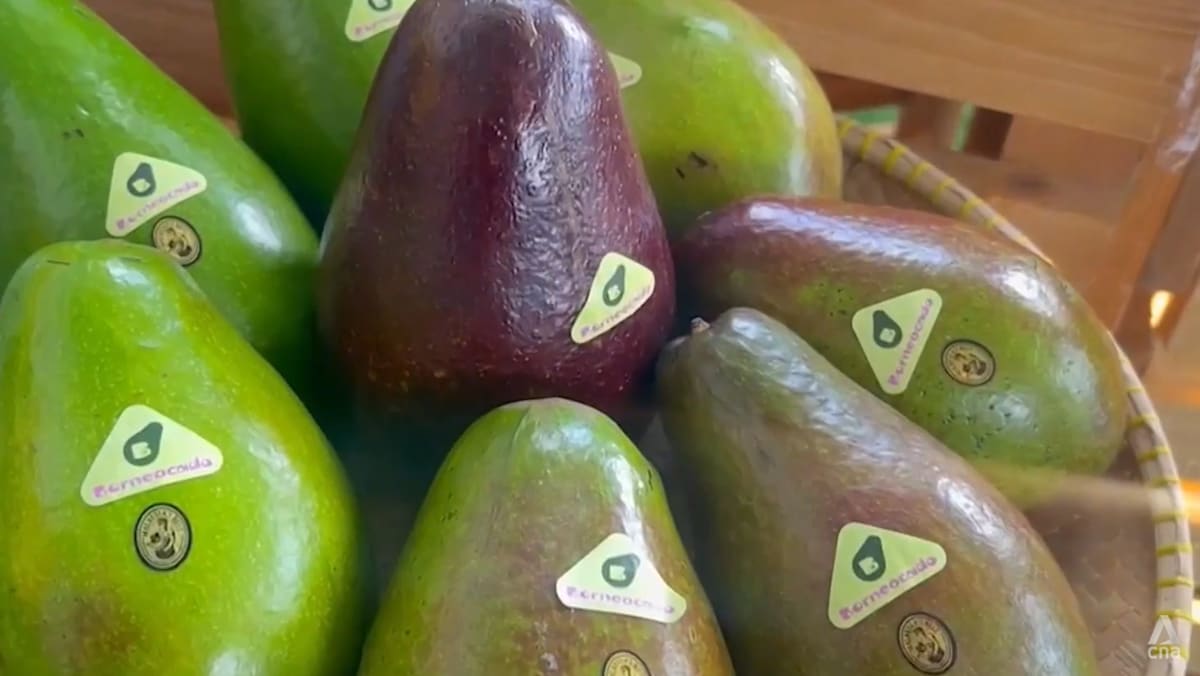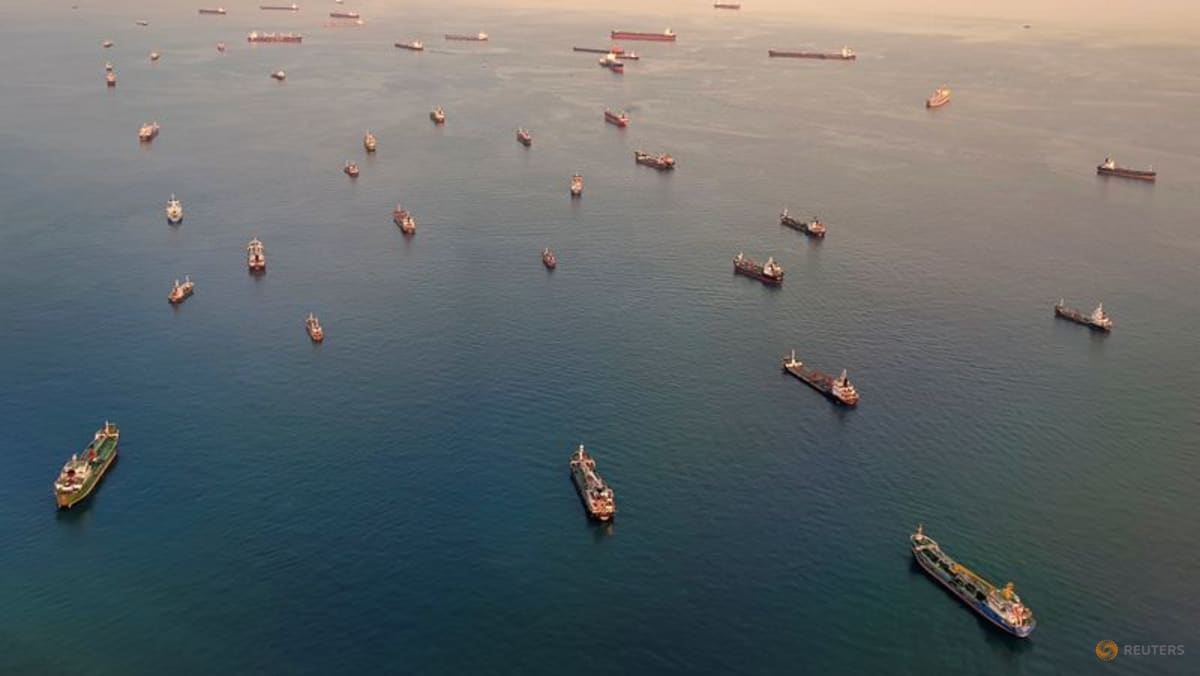Commentary: How Barbie got caught in the South China Sea dispute

It turned out, however, that this was not a widely known or shared view by the international community. Since then the commission has become something of a de facto legal battleground for various views regarding the status of the nine-dash line.
In addition to China continuously advancing its position regarding the legitimacy of the nine-dash line, countries including Australia, France, Indonesia, Malaysia, New Zealand, the Philippines, the United Kingdom, and Vietnam have rebutted China’s assertions.
But the commission is not a court and is comprised of scientists who assess continental shelf claims.
It was up to the Philippines, as the other nation with possible claims on the region, to separately challenge the legality of China’s nine-dash line claim under the law of the sea. In 2016, a United Nations Law of the Sea Convention Tribunal ruled unanimously that China’s claim had no basis in international law.
That ruling was clear-cut and conclusive, but it was immediately rejected by China. While the Philippines conclusively won the legal argument that the nine-dash line had no basis in modern international law or the law of the sea, China refused to respect the outcome of that case and continues to assert its South China Sea entitlements.
China does this in multiple ways. It has built artificial islands in the South China Sea, harassed foreign naval and military aircraft passing through the region, intimidated Vietnamese and other foreign fishermen, asserted rights to explore and exploit maritime oil and gas reserves, and continued to publish maps depicting the nine-dash line claim.
Source: CNA















